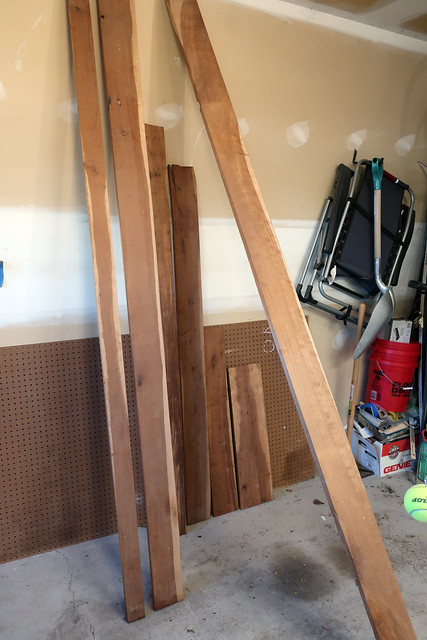I saw one on a video that was made or colorless resin, poured in a mold, polished clear. Very cool looking, strong, durable, and see-through. Couldn’t find the vid to share, but at least I remembered it......And while we're at it...
I was planning on quartered or rift sawn white oak for the staves, as this seems compatible with the process. However, I'm planning to finish the staves with pure tung oil, which provides a food safe, hard finish. So oak's properties and utility in winemaking are reduced to strength. With that in mind, I'm wondering if something even tighter-grained, such as hard maple, would provide a stronger, more easily maintained surface.
I've looked and can't find anything relating the traditional wood used, understanding that that wood was likely unfinished. Short of that, I can't find what woods are used in new presses, understanding that that wood is likely finished.
Anyone have any thoughts or experience? I'm hoping to hit up the mill tomorrow morning.
Edit: I referenced the wrong post, the item I’m talking about was the press plate.




 OLD cherry...
OLD cherry...














































